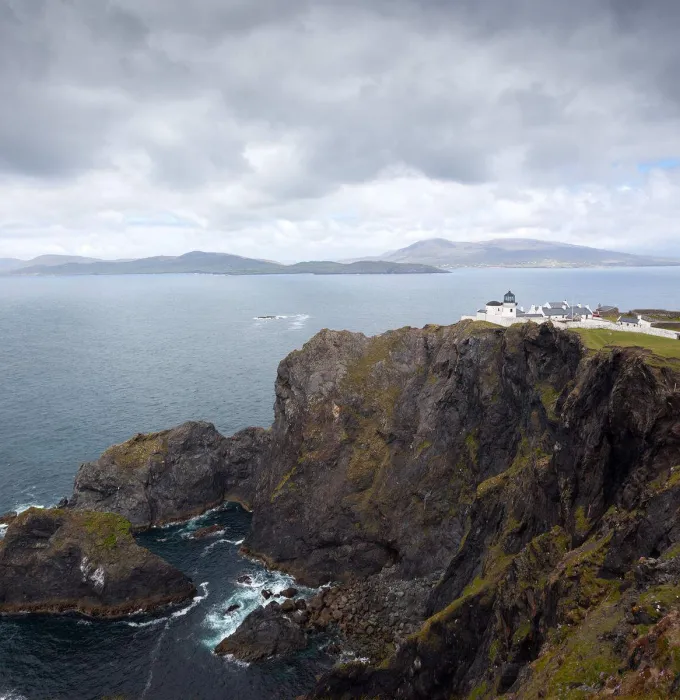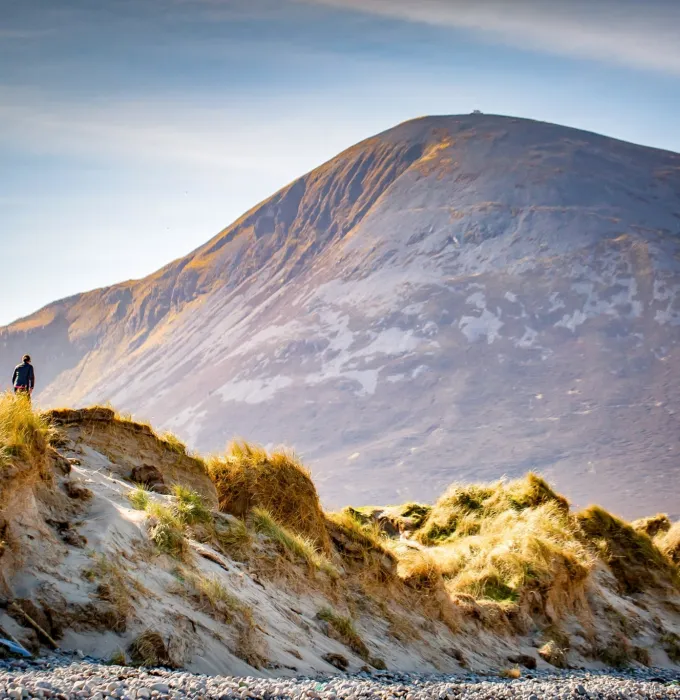Drawing over 1.5 million Roman Catholic pilgrims from all over the world every year, Knock Shrine was recently elevated by Pope Francis to International Sanctuary of Special Eucharistic and Marian Devotion.
The shrine’s story began on the evening of August 21, 1879, when 15 villagers saw a vision of The Virgin Mary in the company of St Joseph and St John the Evangelist, and a lamb before a cross on an altar. The apparition took place at the gable wall of the Parish Church, and the witnesses were aged from five years old to 74. Rain fell for two hours as the little crowd looked on, transfixed, while the apparition remained completely dry.
Since then millions have made the pilgrimage to Knock Shrine, whether to attend a mass, light a candle for a special intention or simply immerse themselves in its spiritual atmosphere. Tours run daily, led by experienced and passionate local guides, who share their knowledge not just of the apparition, but also of Knock village as it was in the late 19th century.















